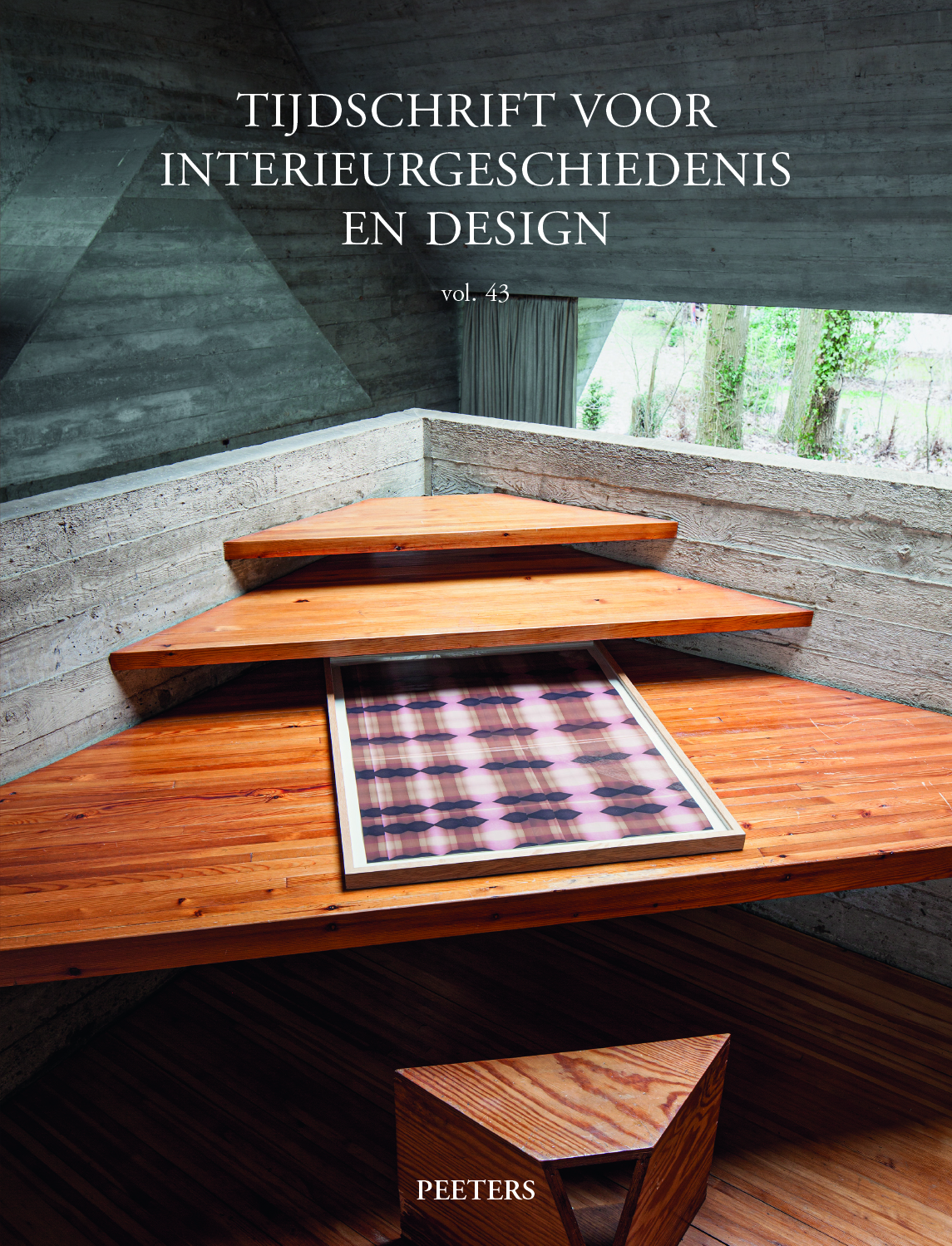 previous article in this issue previous article in this issue | next article in this issue  |

Preview first page |
Document Details : Title: De salle des pas-persus (1844-1926) in het Gentse justitiepaleis Subtitle: Acht decennia publieke interieurdecoratieplannen Author(s): HUYGEBAERT, Stefan Journal: Tijdschrift voor Interieurgeschiedenis en Design Volume: 43 Date: 2021 Pages: 23-43 DOI: 10.2143/GBI.43.0.3289231 Abstract : This article offers a reconstruction of the decoration history of the great central hall or salle des pas-perdus in Louis Roelandt’s Ghent Palace of Justice (1836-1846). Much of this history was lost, along with the hall itself, when a major fire destroyed the core of the Palace of Justice in 1926. The unusual fact that the Ghent city council itself acted as client (instead of the state or province) proves to be an important explanation for the failure to execute various decoration plans. The dual purpose of the salle des pas-perdus as an urban venue for events and a waiting hall or foyer within a court building made it difficult for the hall to have a clear identity. The only decorations to be executed were Pierre Devigne-Quyo’s plaster cornice sculptures (1843-1844) with a legal iconography. The civic decision in 1858 to use state subsidies for wall paintings for Roelandt’s neighbouring university auditorium was the financial death knell for Louis Gallait’s proposed monumental paintings for the salle des pas-perdus. A pragmatic solution followed around 1870 when large paintings from public collections in Ghent and Belgium, including a number of problematic romantic machines, were chosen to cover the bare walls. Shortly after the building was taken over by the Belgian state in 1898, artist Armand Heins and engineer Jules Van den Hende developed a new, functional decoration plan complete with a lift and entrance door at the request of the then Minister of Public Works. Now Jozef Poelaert’s Palace of Justice in Brussels (1866-1883) became the new reference point. However, this relatively well-documented combination of wainscoting and murals also came to nothing while still in the design phase, due to the fact that World War I brought with it very different priorities. |
|


